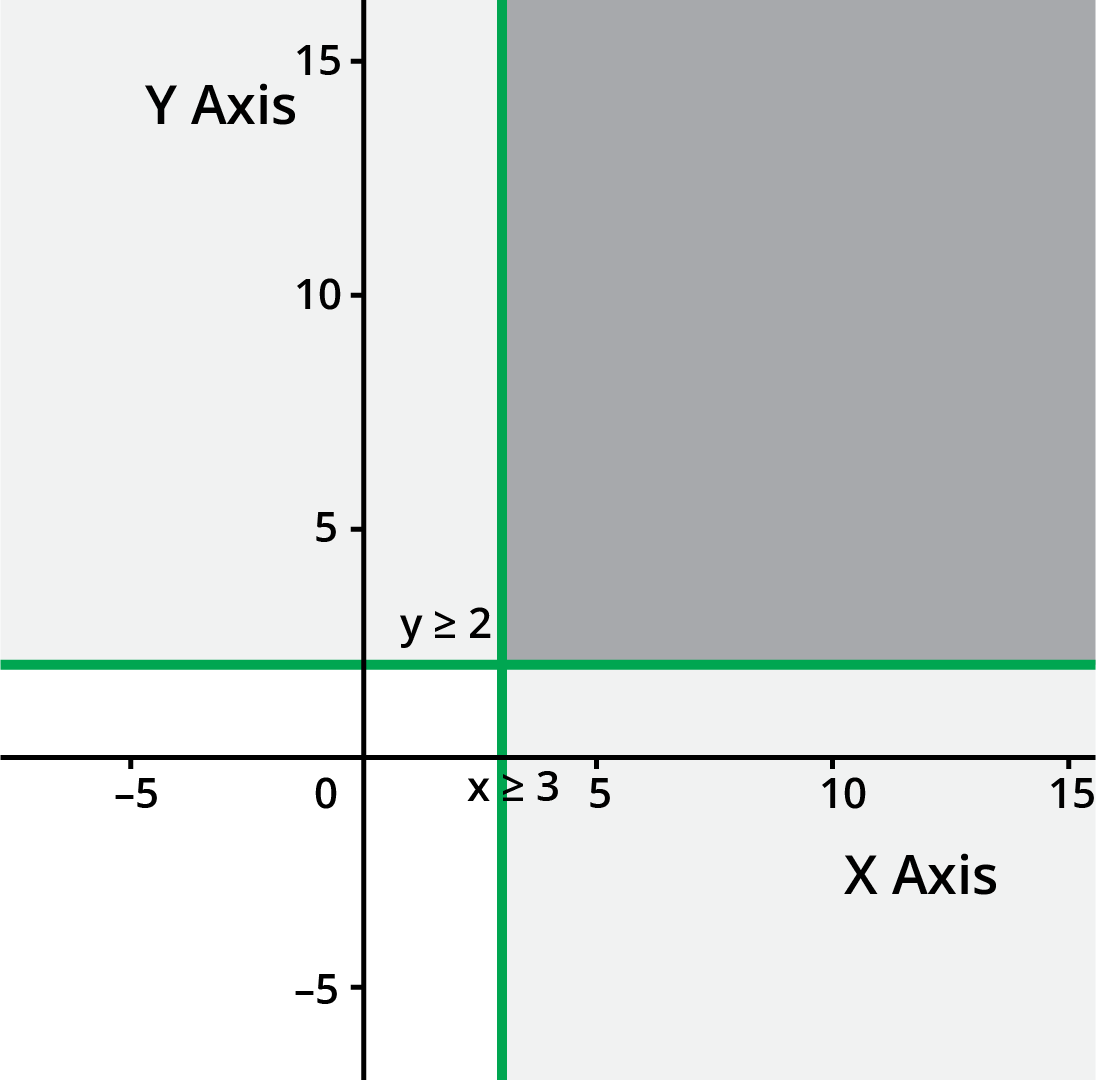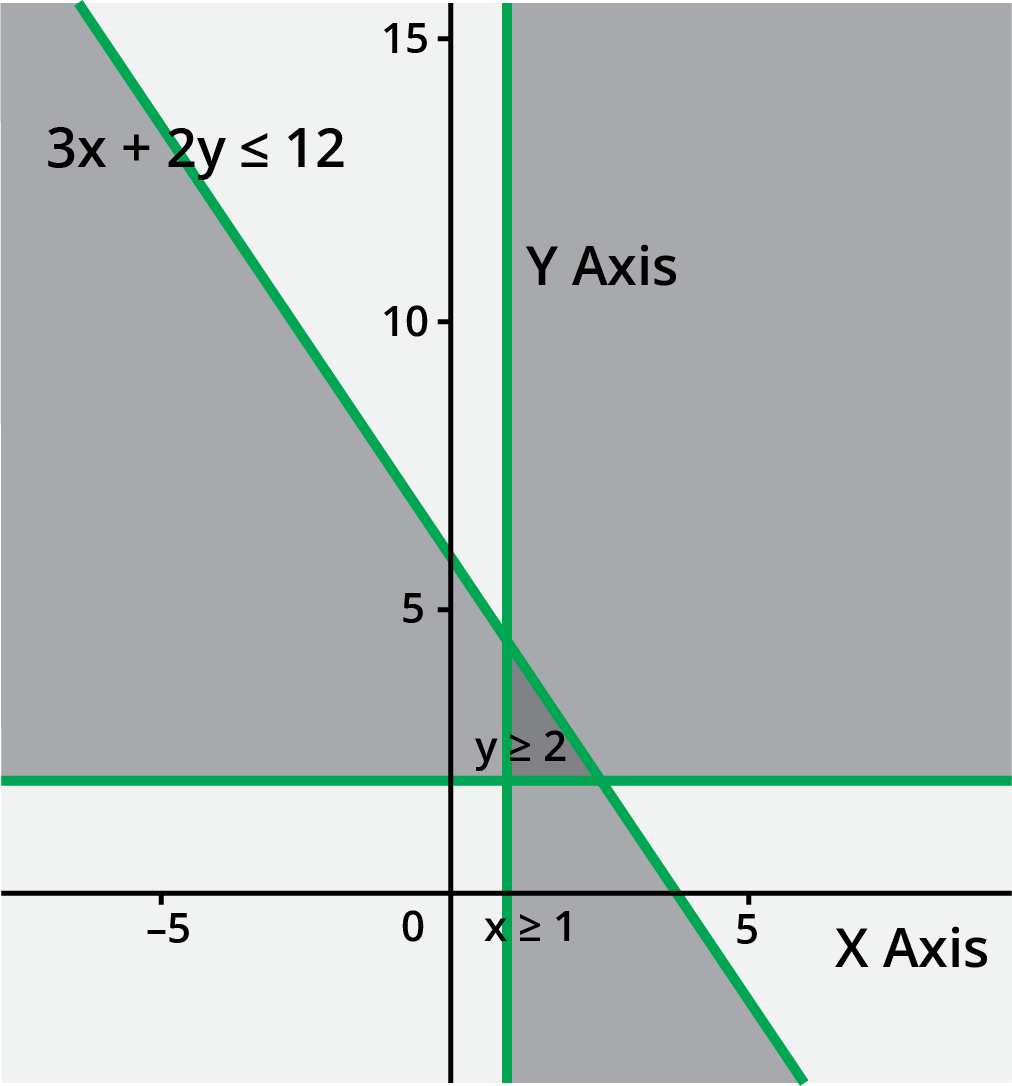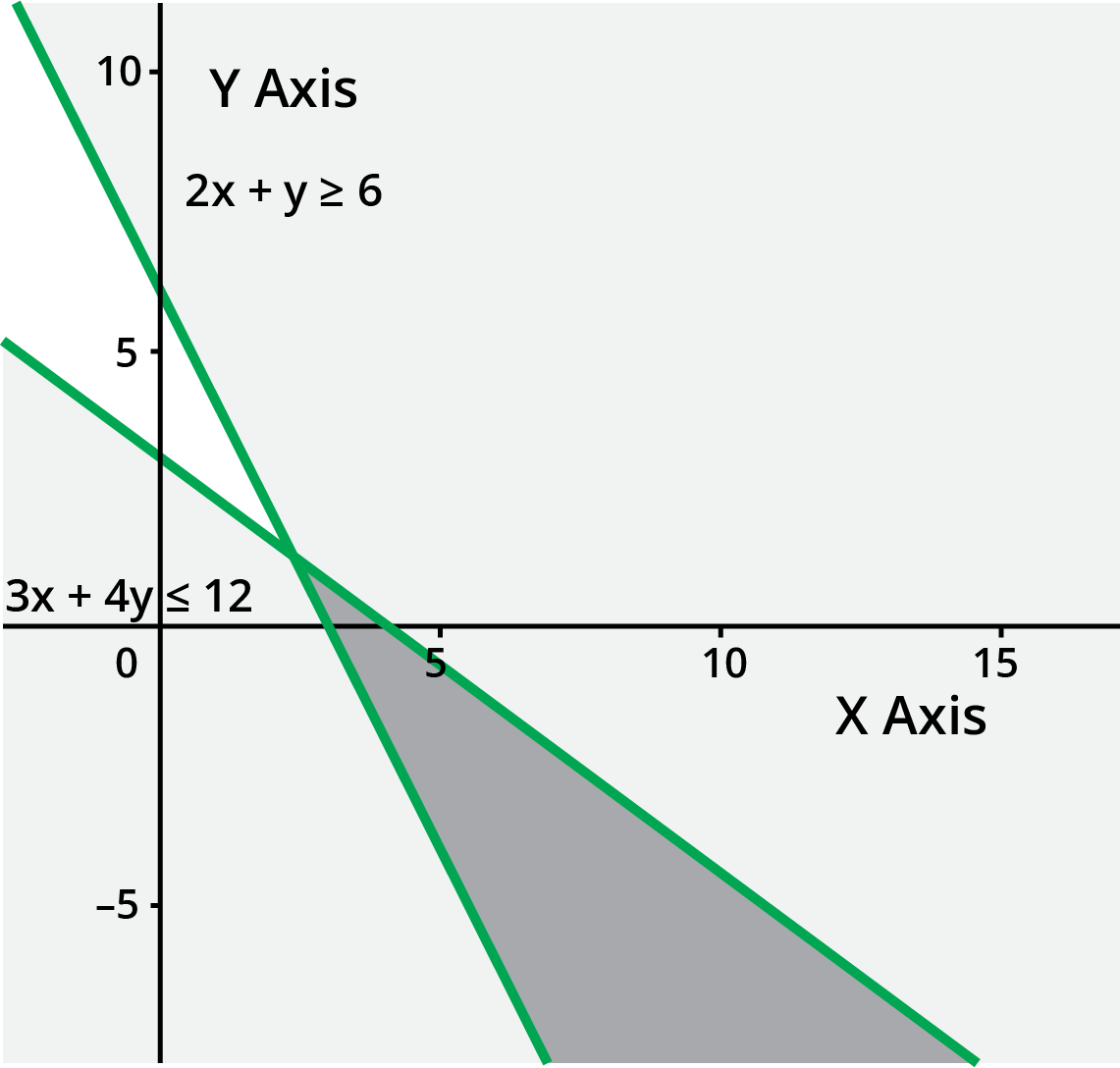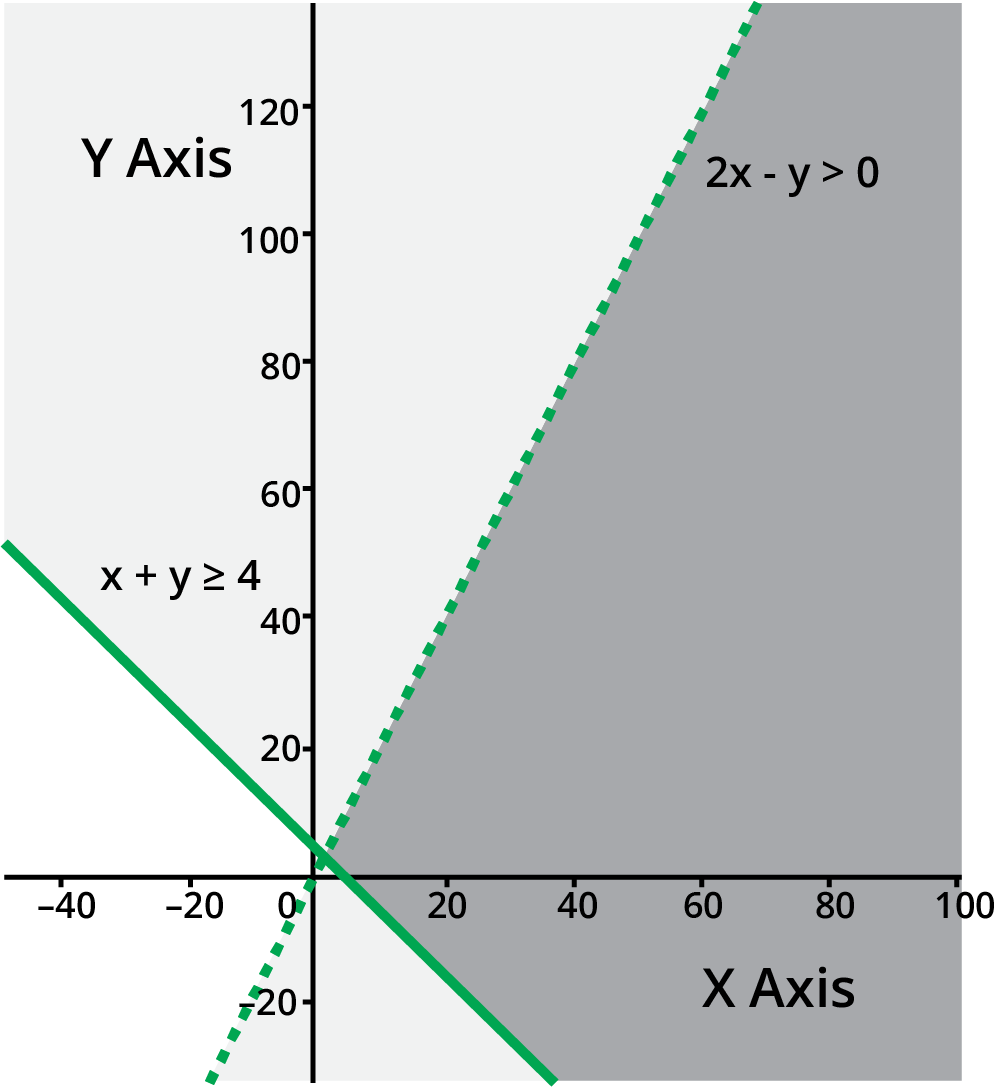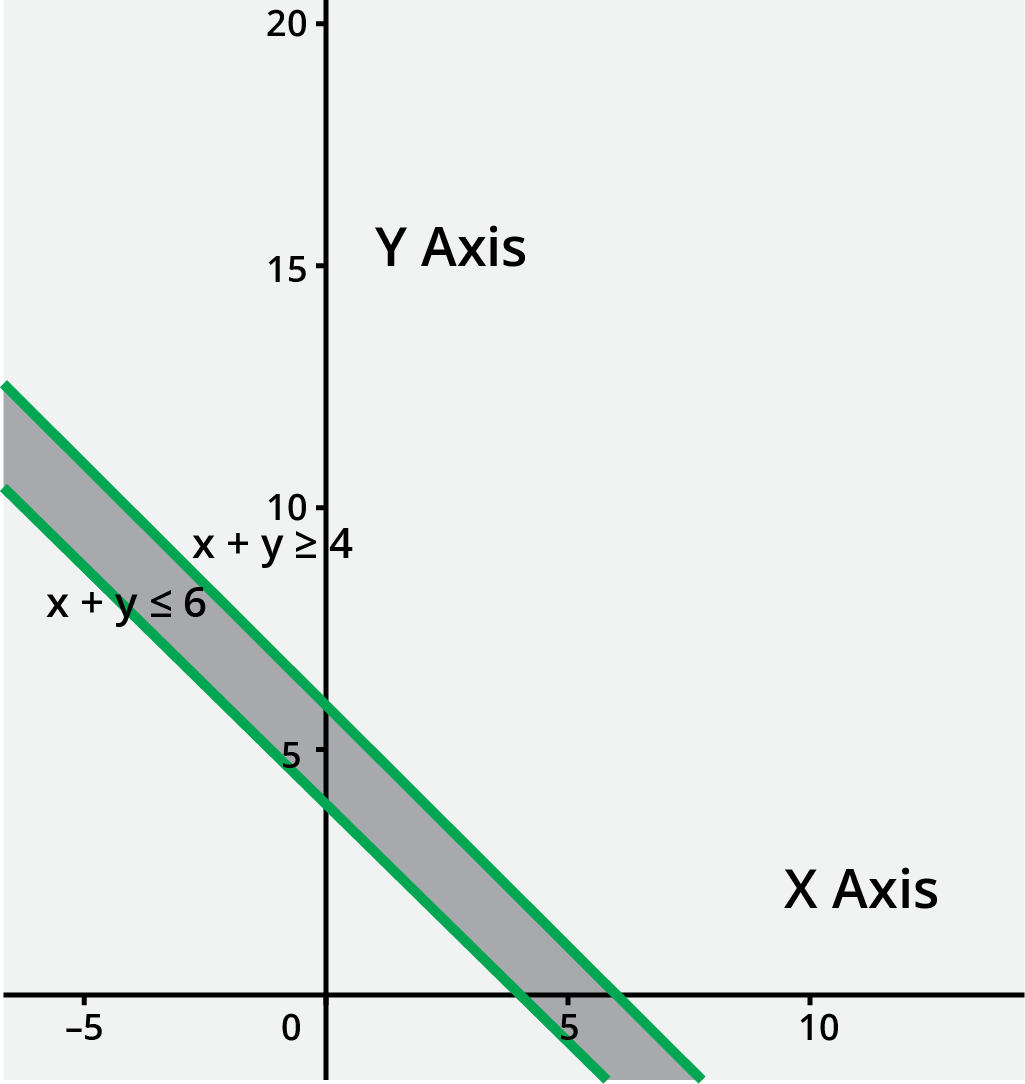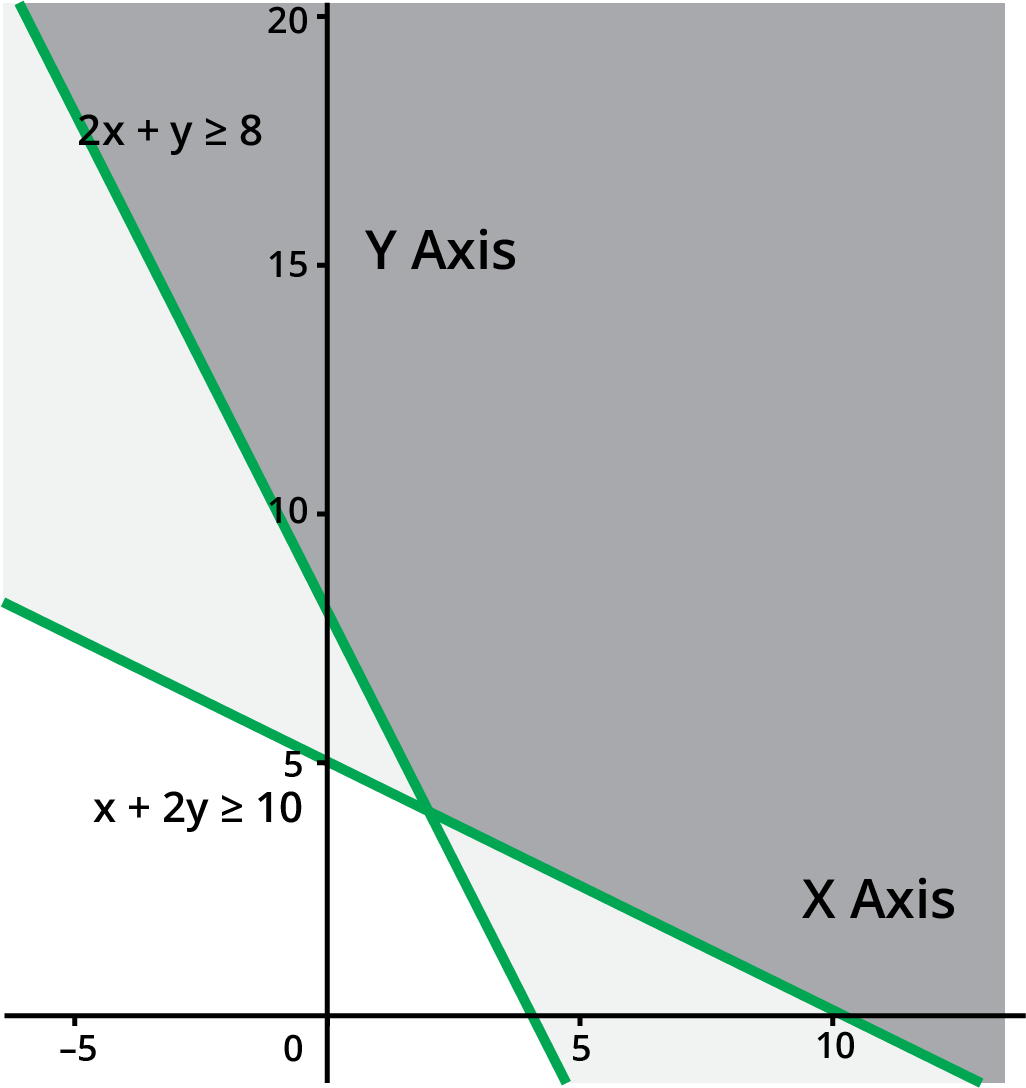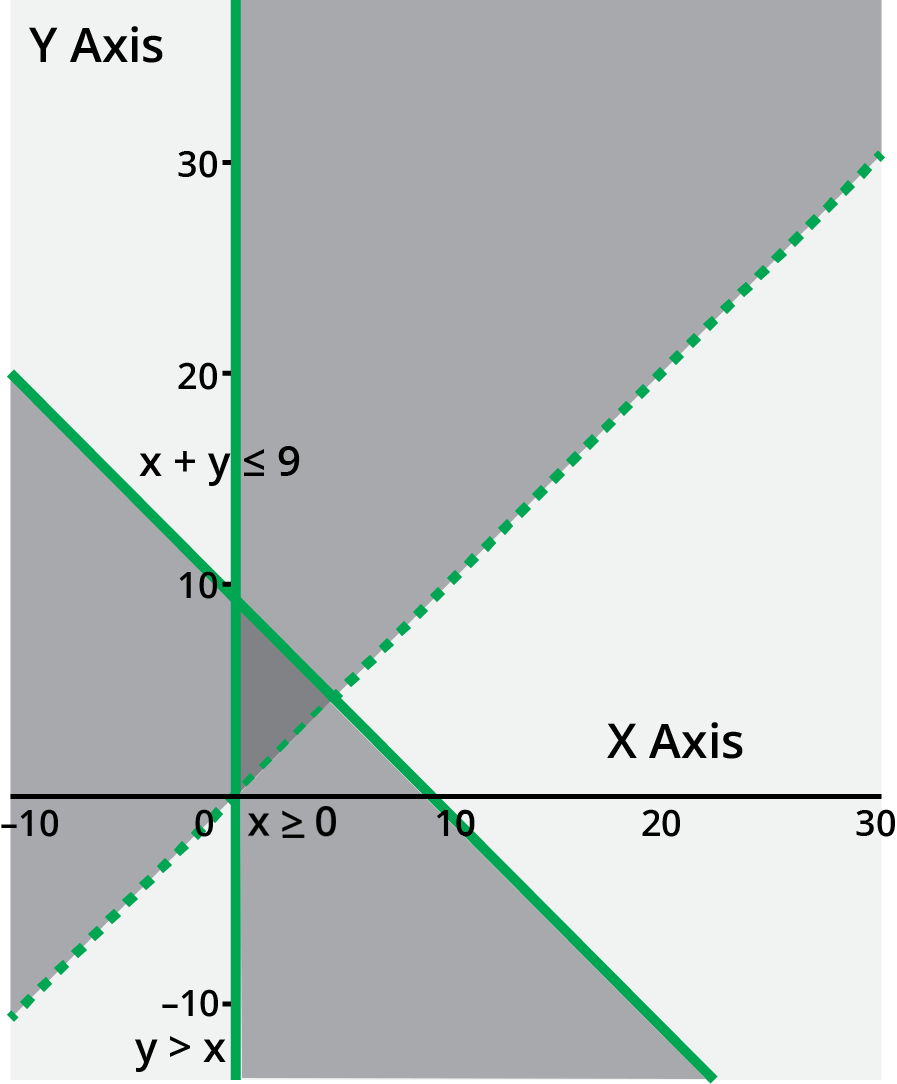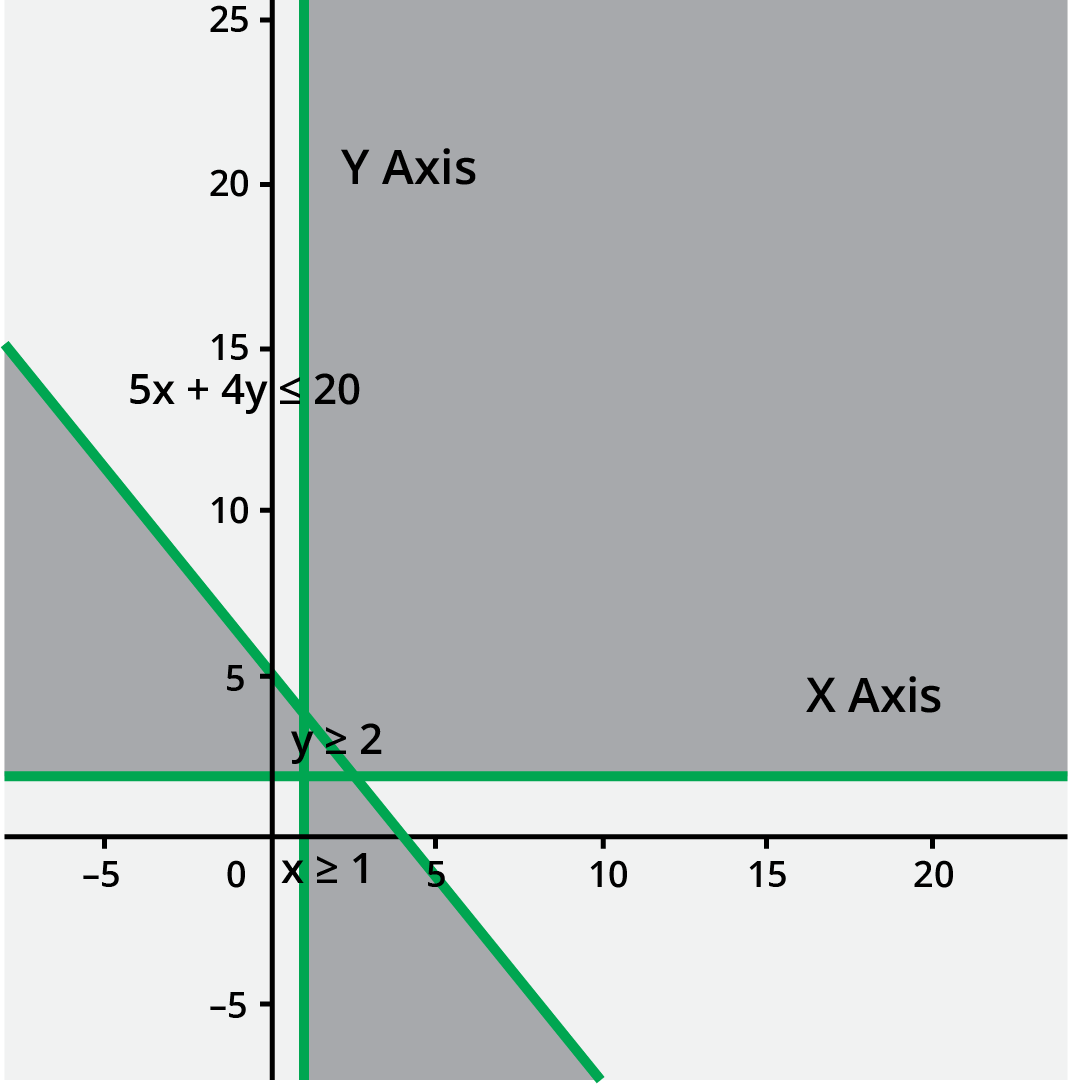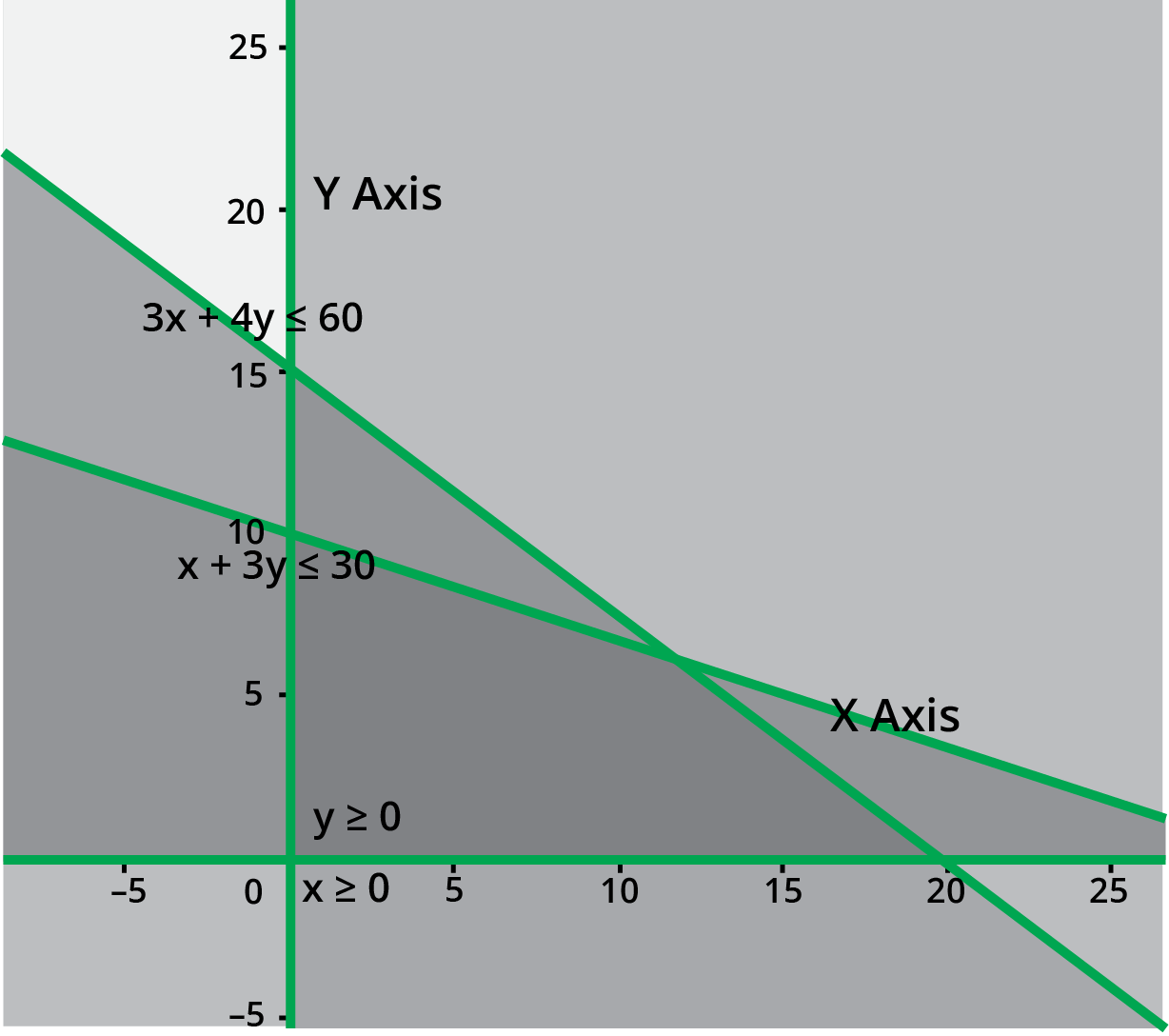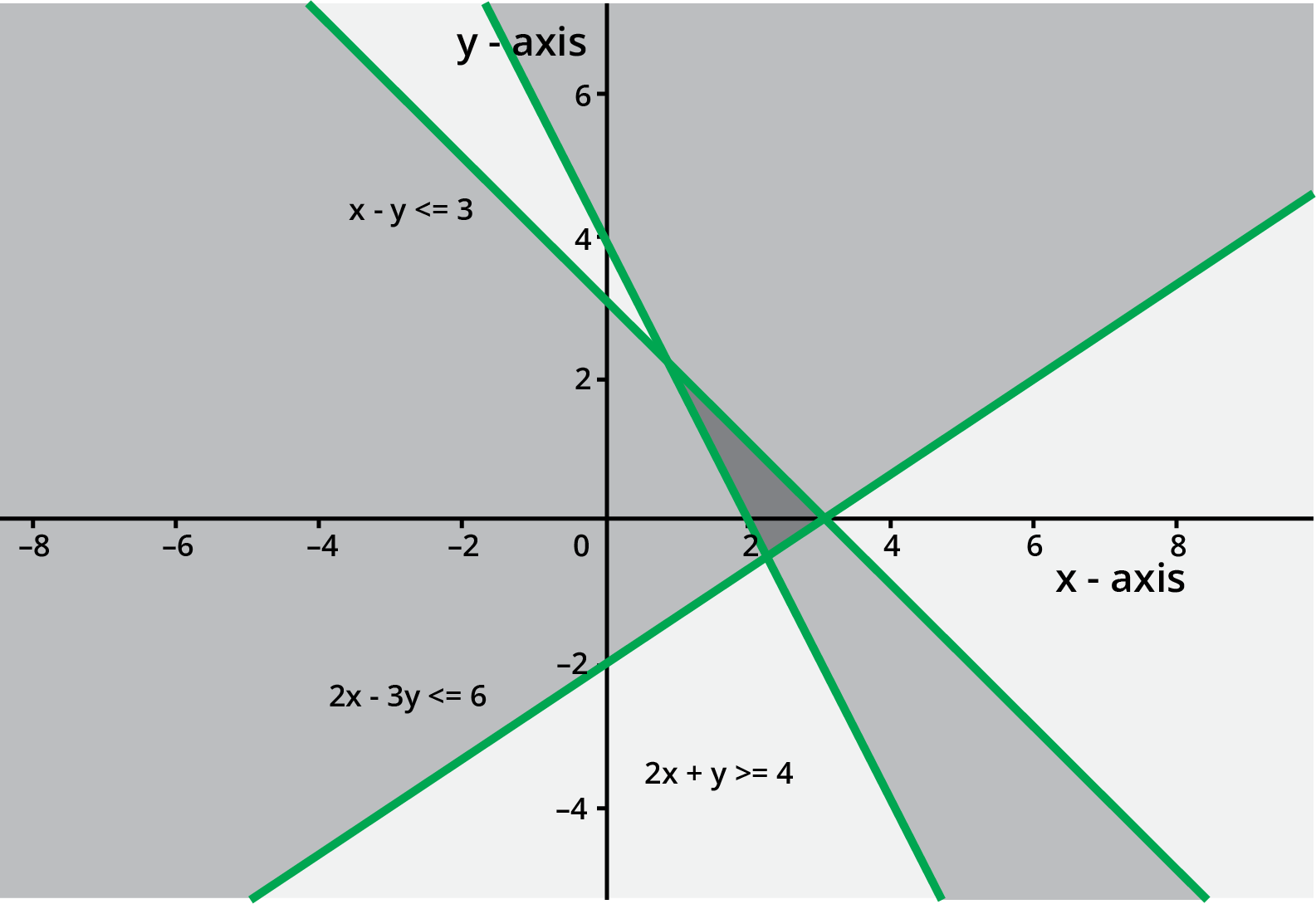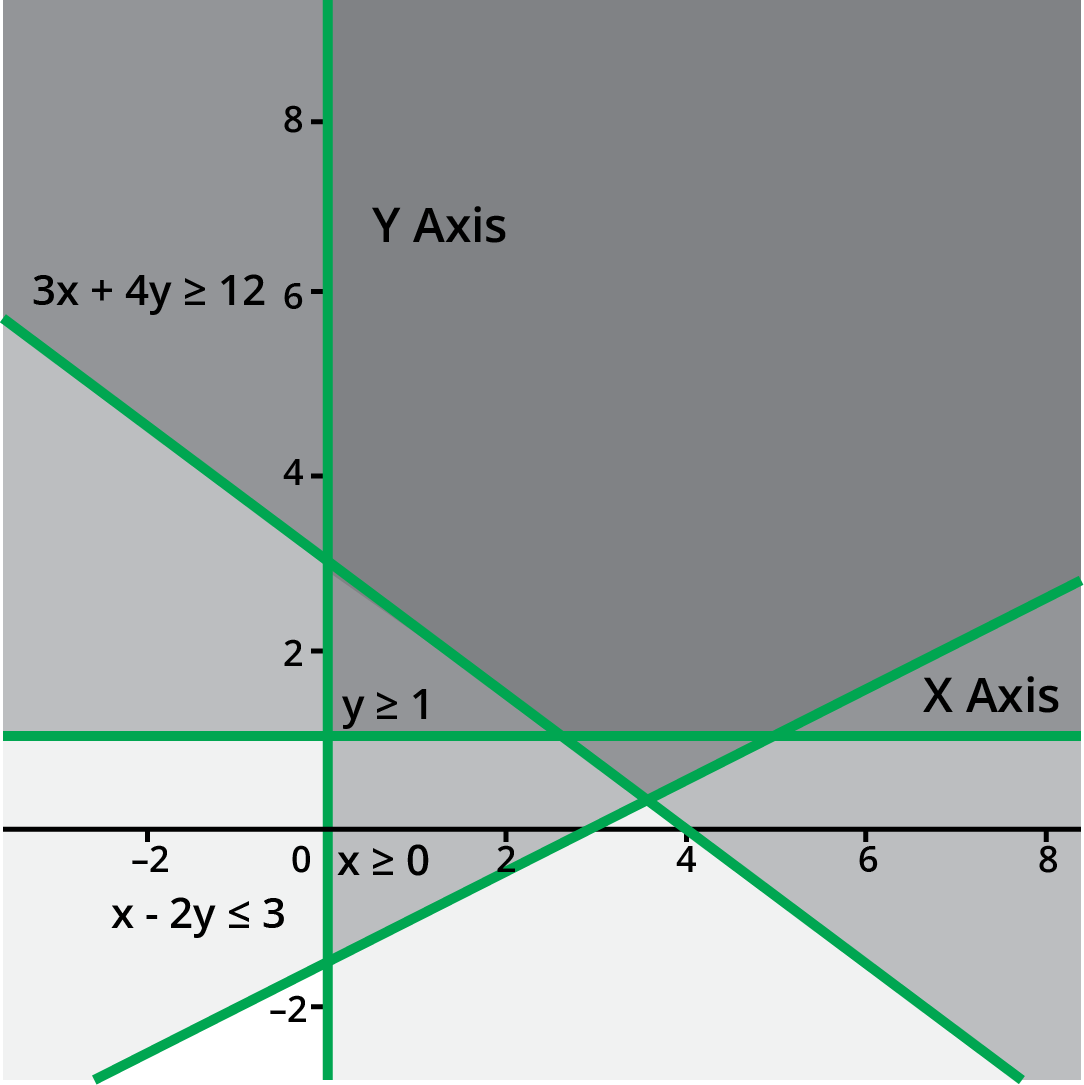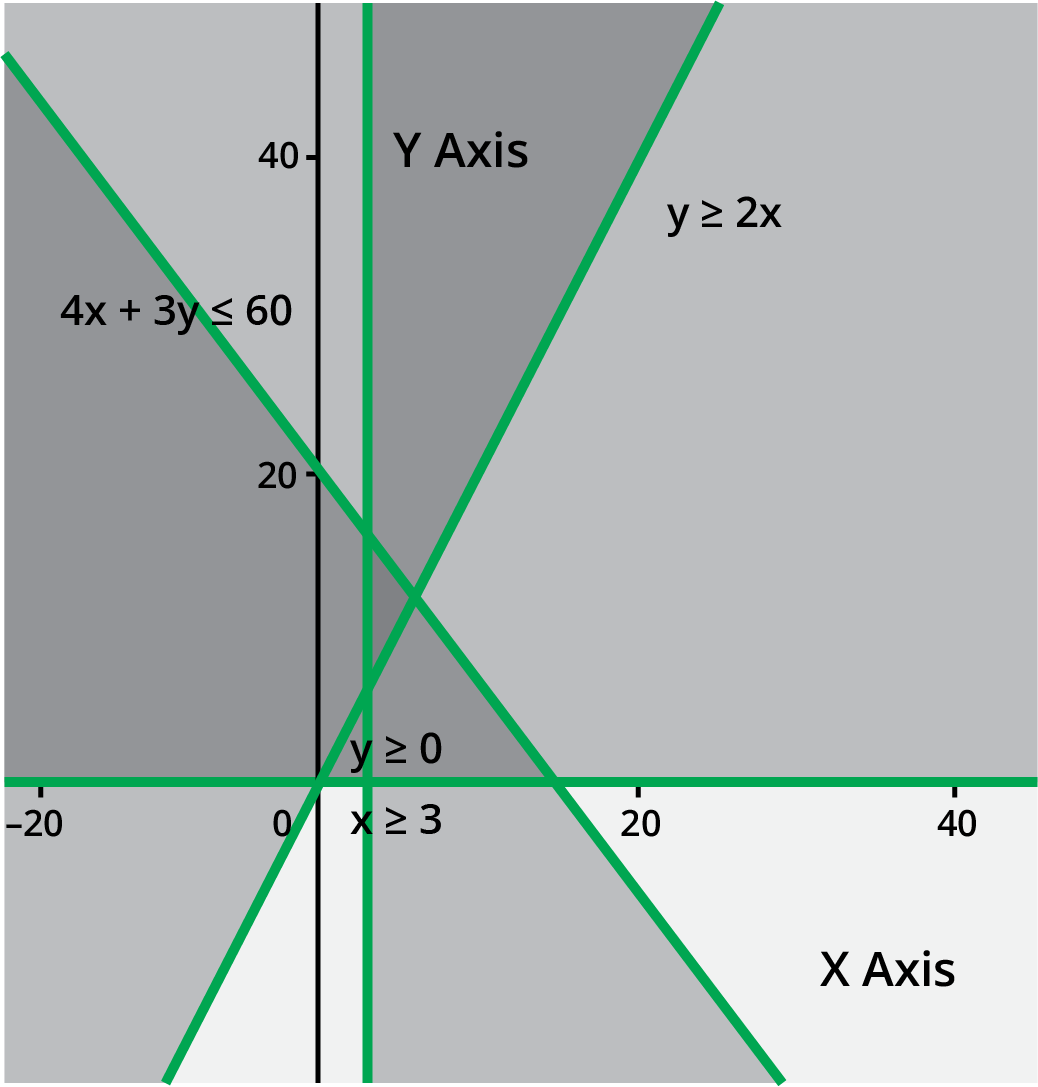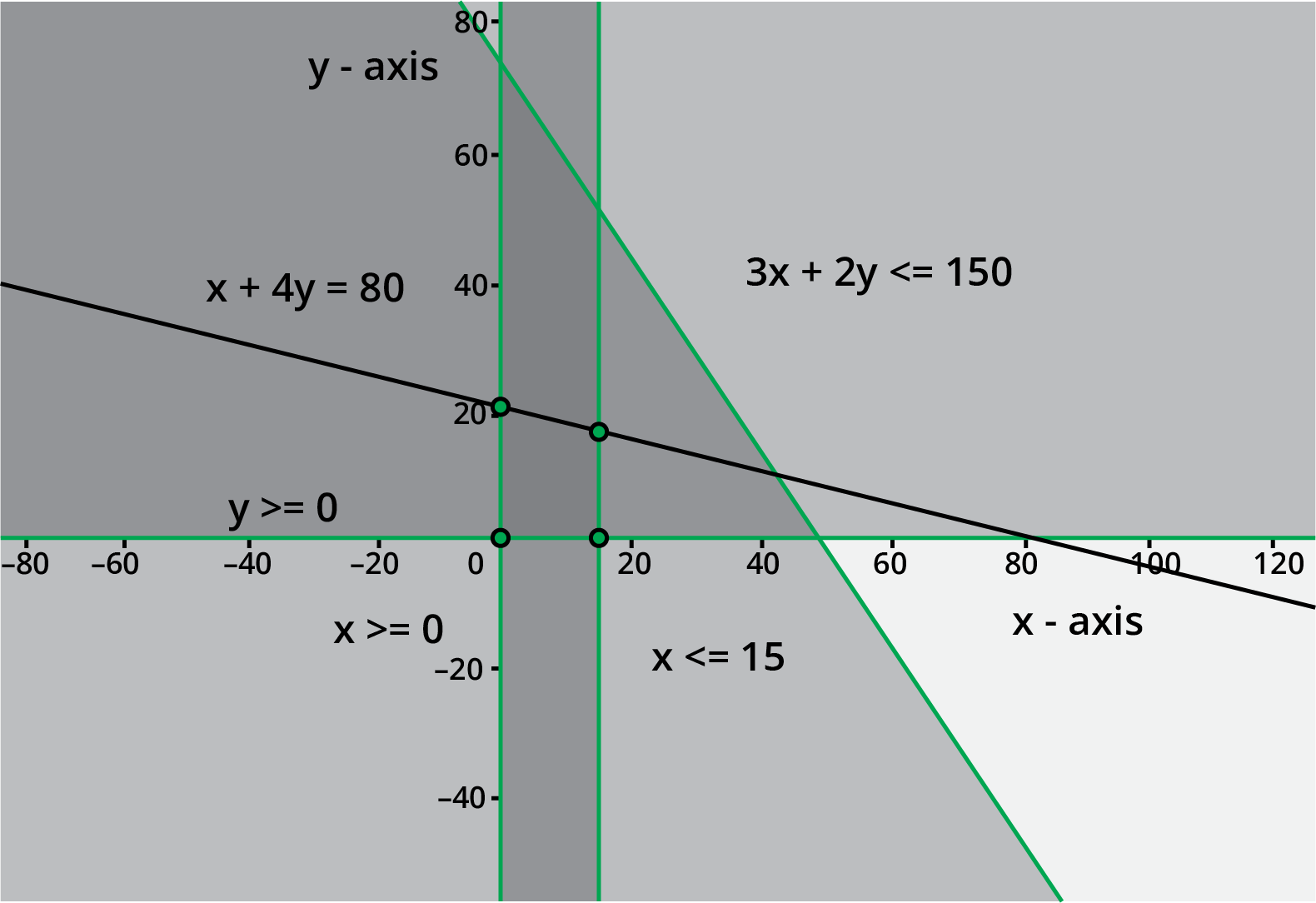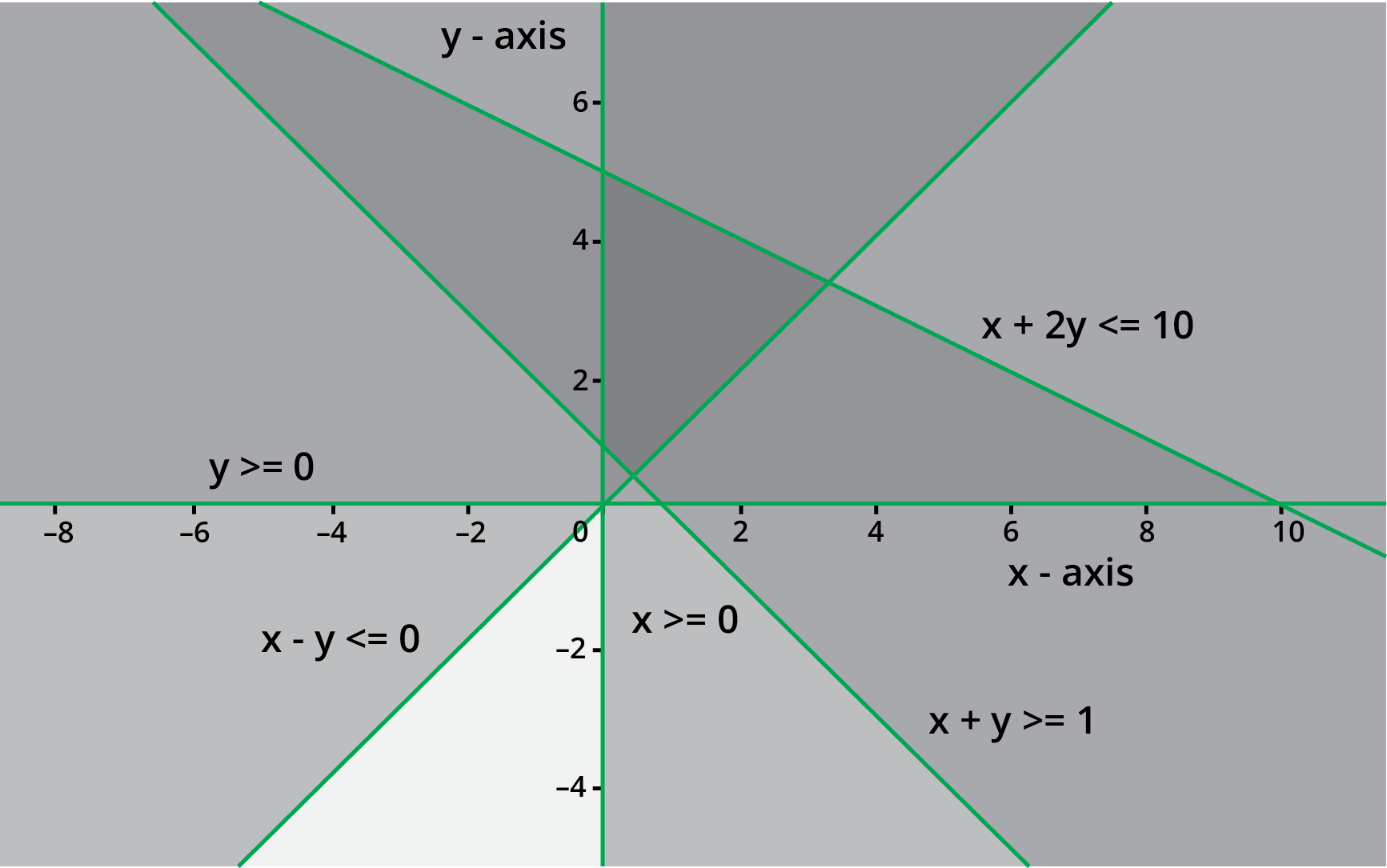NCERT Solutions for Class 11 Maths Chapter 6 Linear Inequalities





















FAQs on NCERT Solutions for Class 11 Maths Chapter 6: Linear Inequalities - Exercise 6.3
1. Where can I find NCERT solutions for class 11 Maths chapter 6 Linear Inequalities exercise 6.3?
You can easily find the NCERT solutions for class 11 Maths Chapter 6 Linear inequalities exercise 6.3 on the Vedantu website or app. The highly skilled and qualified teachers at the Vedantu ensures to provide you with the best and easily understandable solutions that will help them in learning the concept in a better way.
2. What does the class 11 maths chapter 6 exercise 6.3 about?
The third exercise of the maths chapter 6 Linear Inequalities is about plotting the qa graphs for equations that consist of more than one inequality. By plotting the two inequalities on the same graph gives us the final shaded solutions. Students can easily find the NCERT solutions to exercise 6.3 on the Vedantu website.
3. Is class 11 Chapter 6 Linear inequalities exercise 6.3 important?
Yes, exercise 6.3 from chapter 6 Linear inequalities is important from the exam point of view. The exercise teaches us how to plot the graph for two inequalities on the same graph. The students should first learn all the concepts through notes and must know how to plot the graph for the equations containing one inequality that is explained in exercise 6.2 because only after that you will be able to plot the graph for two inequalities.
4. What are the more important questions of NCERT class 11 maths chapter 6 exercise 6.3?
Overall all the questions are important and has to be done by the students but question number 11 to question number 15 are most important and carries more weightage than other questions. Vedantu provides you with all the NCERT solutions for class 11 maths chapter 6 Linear inequalities exercise 6.3 on its website and app and are solved by the highly qualified maths experts.
5. How do we graph the two linear inequalities on the same graph?
For graphing the two linear inequalities on the same graph, students must be thorough for plotting the graph for one inequality that was taught in the previous section of the NCERT maths book chapter 6 Linear inequality. Once you know the concept it is very easy. The steps for plotting the two Inequalities on the same graph is as follows:
1. Plot the first inequality on the graph and mark the boundary line and shade in the boundary line where the inequality is true.
2. Follow the same as step 1 for the second inequality.
3. The region where the shaded regions of both the inequalities overlap.




